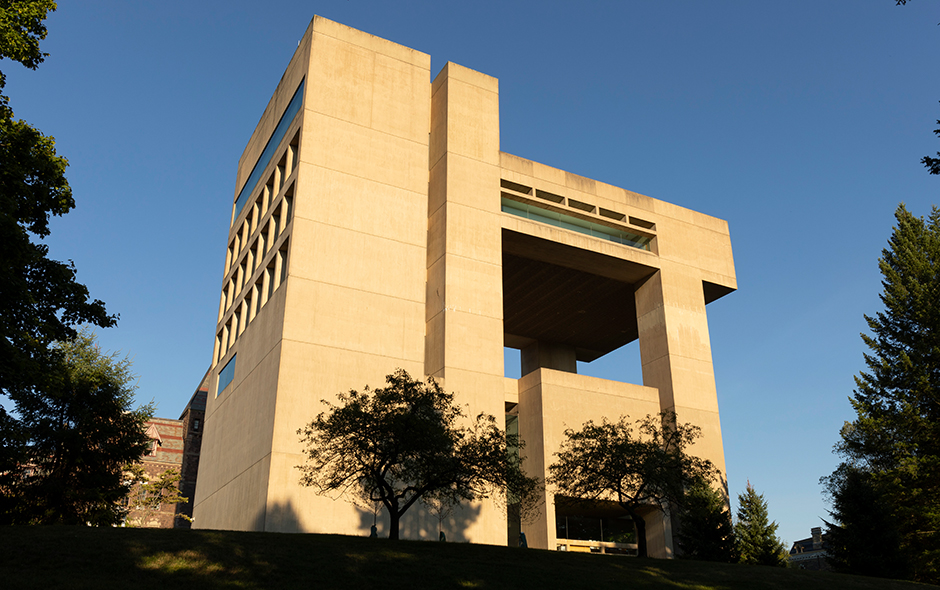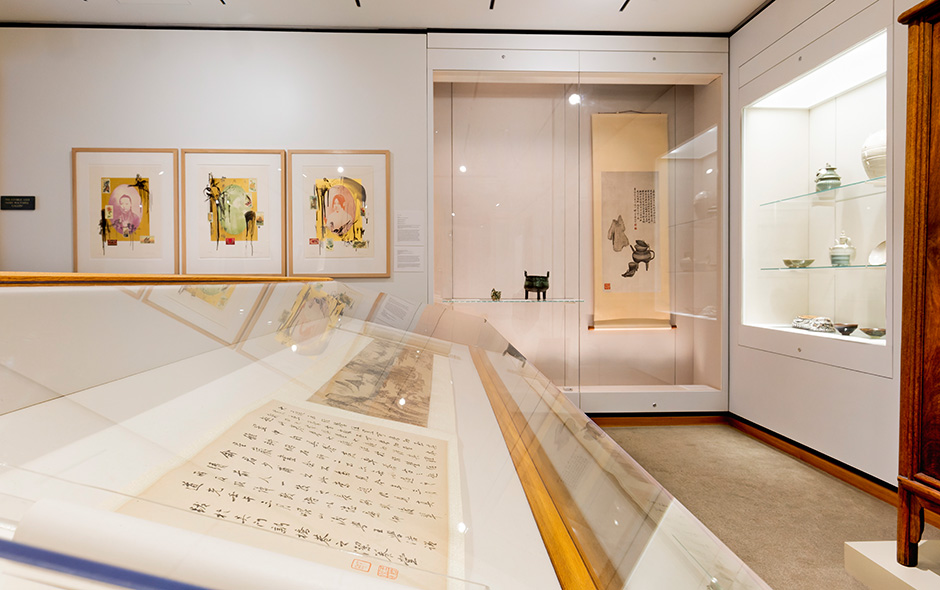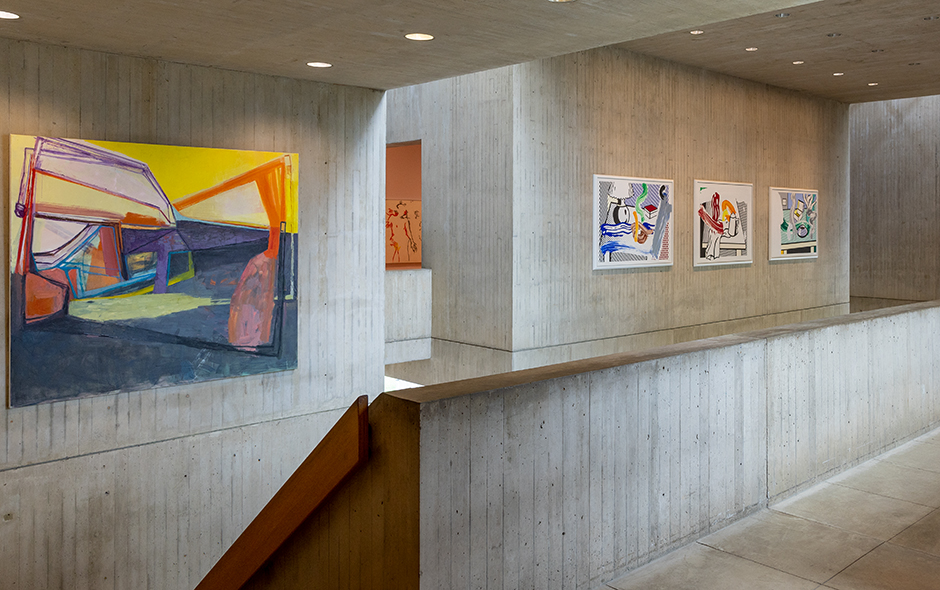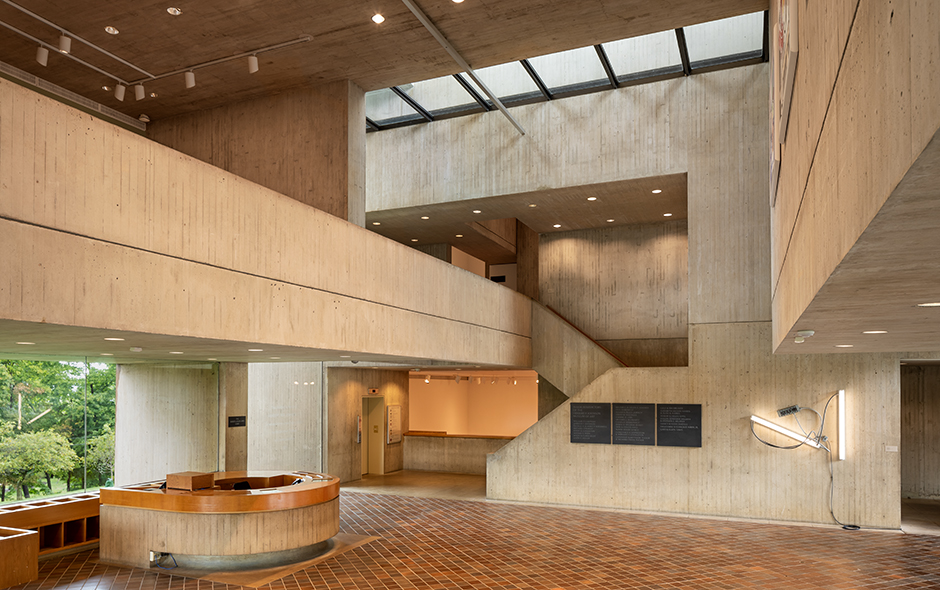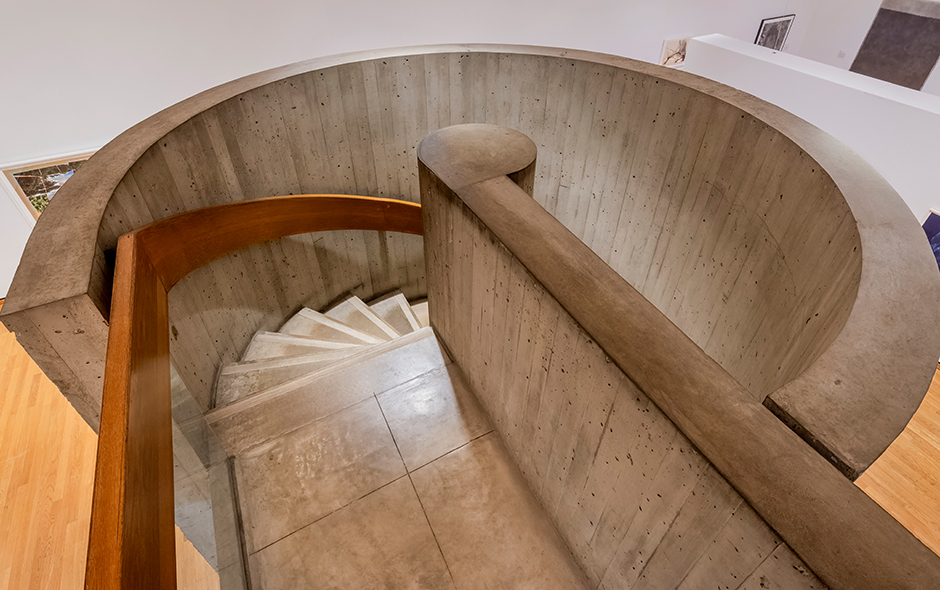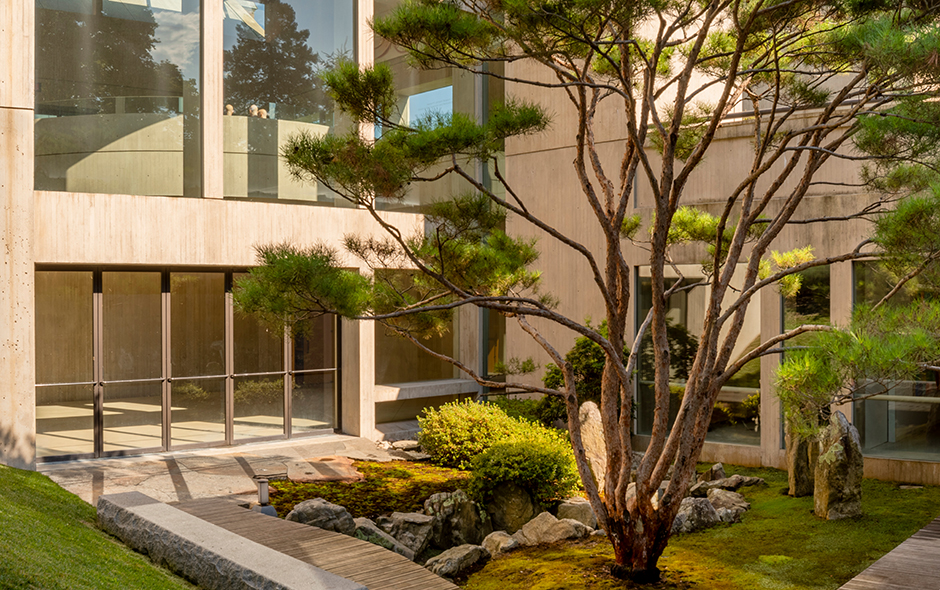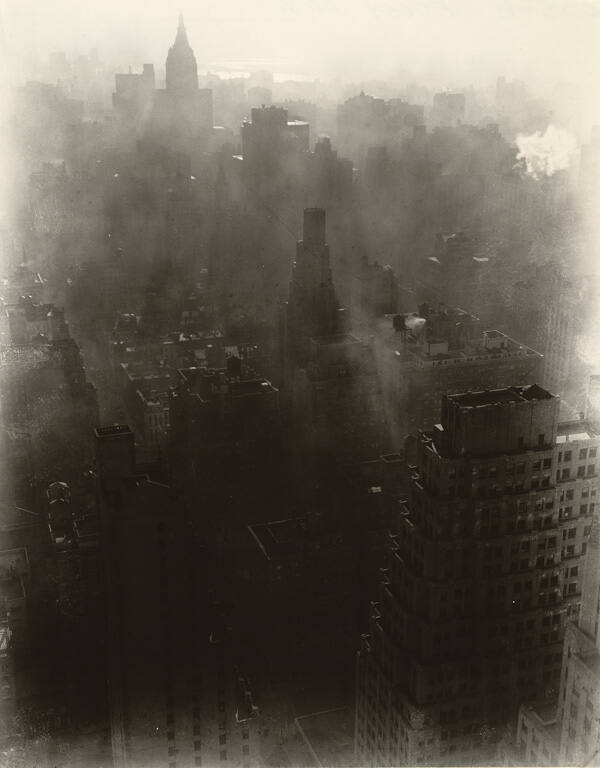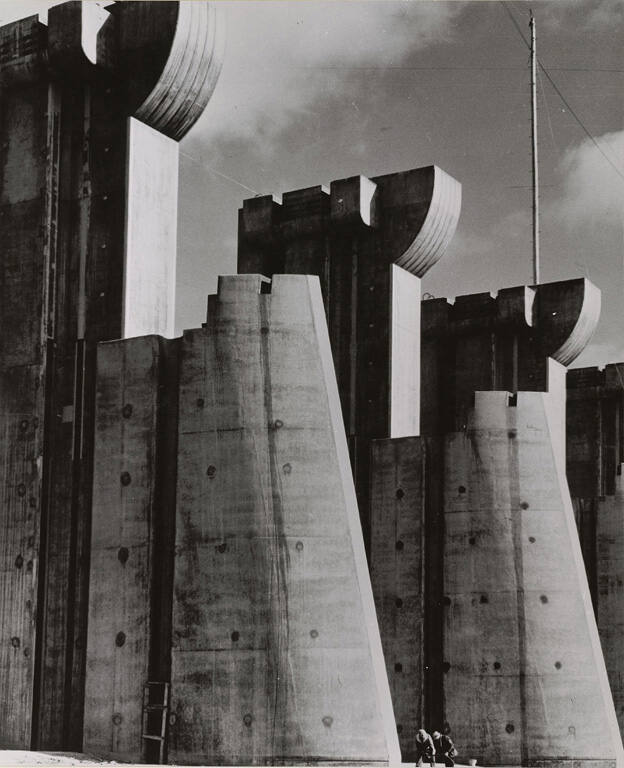
Object Details
Artist
Margaret Bourke-White
Date
1936 (negative); ca. 1965 (print)
Medium
Gelatin silver print
Dimensions
Image: 18 5/8 × 15 1/8 inches (47.3 × 38.4 cm)
Mount (Matted): 27 15/16 × 22 1/16 inches (71 × 56 cm)
Credit Line
Gift of the artist, Class of 1927, and LIFE Magazine
Object
Number
65.539
Bourke-White, a 1926 graduate of Cornell University, was one of the first career women photographers(…)
Bourke-White, a 1926 graduate of Cornell University, was one of the first career women photographers, beginning as an industrial photographer for Fortune in 1929 and then as a photojournalist for Life in 1936. For more than twenty-five years she witnessed and recorded the world’s rapidly changing landscape, from Stalin’s Russia to the Depression in the deep South and the death camps in Nazi Germany. Her style evolved from her pictorialist vision at Cornell into precisionist images of 1930s industry and a more sentimental, heroicizing view of the rural poor found in her 1937 book You Have Seen Their Faces, with text by her soon-to-be second husband Erskine Caldwell. When she joined Henry Luce’s Life magazine staff in 1936, Bourke-White’s first assignment was to photograph the construction of Fort Peck Dam, a WPA project under way since 1933, to be used for the introductory issue. Her cover photograph of the receding concrete piers has the feel of an ancient monolith redesigned for our century. Bourke-White’s perception went beyond the obvious; she not only covered the engineering triumph of the dam but also produced a clear-eyed report of the frontier towns nearby, giving the essay a breadth of vision new to the photojournalism field. In the introduction to the first issue of Life the editors wrote, “What the Editors expectedÑfor use in some later issueÑwere construction pictures as only Bourke-White can take them. What the Editors got was a human document of American frontier life which, to them at least, was a revelation.” (From “A Handbook of the Collection: Herbert F. Johnson Museum of Art,” 1998)



